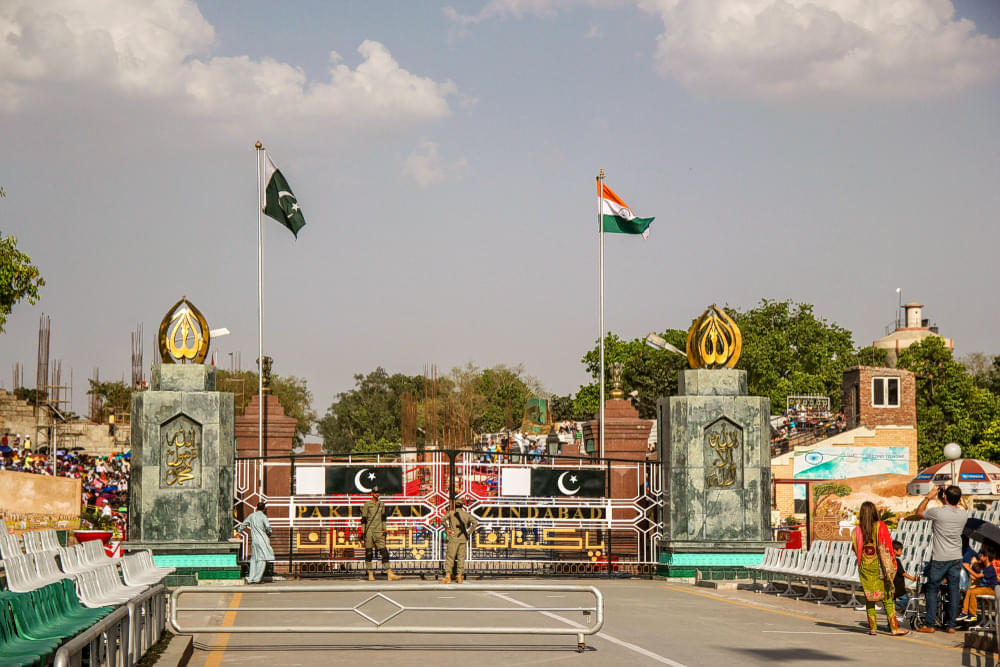

The Wagah Border, situated on the Grand Trunk Road between the cities of Amritsar in Punjab, India, and Lahore in Punjab, Pakistan, is more than just a geopolitical boundary; it's a historical icon and a focal point for patriotic expression. The ceremonious flag-lowering event held at this location every evening makes it a major tourist attraction, drawing visitors from all over the world to witness the unique and energetic display of military camaraderie and competition.
The origin of tourism at Wagah Border can be traced back to the year 1959 when the flag-lowering ceremony was first started as a means to formally close the border for the night. Over time, it turned into a spectacle of pomp and fervor, showcasing the military prowess of both India and Pakistan. The ritual, which includes the parade and the high-kick salute, is conducted by the Border Security Force (BSF) of India and the Pakistan Rangers (soldiers of Pakistan). This event, known as the 'Beating Retreat' ceremony, taps into the shared history and sentiment of both nations.
Over the years, the ceremony has attracted an increasing number of tourists who come to witness the expression of patriotism, the elaborate drills, and the energetic atmosphere. The surge in visitors led to the construction of a large stadium-like complex on both sides of the border to accommodate the crowds.
As a site of historical significance, the Wagah Border represents the Radcliffe Line, which was the demarcation line drawn during the partition of India in 1947. It serves as a potent reminder of the events that led to the creation of two separate nations.
In recent years, there has been a significant push to enhance the tourist experience at Wagah Border. The government has invested in infrastructure, such as improved seating, better parking facilities, and the installation of large screens for easy viewing of the ceremony from a distance. Enthusiasm surrounding national holidays such as Independence Day and Republic Day draws especially large crowds, with thousands gathering to bask in the patriotic display.
The latest tourism trends indicate a growing interest in experiential travel, where tourists not only want to see cultural events but also seek to understand the history and context behind them. Thus, many visitors to Wagah Border arrange guided tours that explain the complex history of India-Pakistan relations and the significance of the ceremony they are witnessing.
Eco-tourism initiatives have also emerged, with efforts being made to incorporate sustainable practices in the management of the tourist area surrounding Wagah Border. Efforts to reduce plastic usage and manage waste effectively are part of maintaining the cleanliness and ecological balance of this historic site.
Tourists planning to visit Wagah Border should consider the timing of their visit carefully to coincide with the flag-lowering ceremony, which is the main attraction. Attendance is free, and seating is generally on a first-come, first-served basis. It is advisable to arrive early to secure a good vantage point, as the area tends to become quite crowded. Visitors often describe the experience as profoundly moving, steeped in a sense of shared history and national pride.
As a testament to its lasting appeal, the Wagah Border remains one of the most iconic tourist spots in India, offering an unparalleled blend of history, culture, and patriotism.